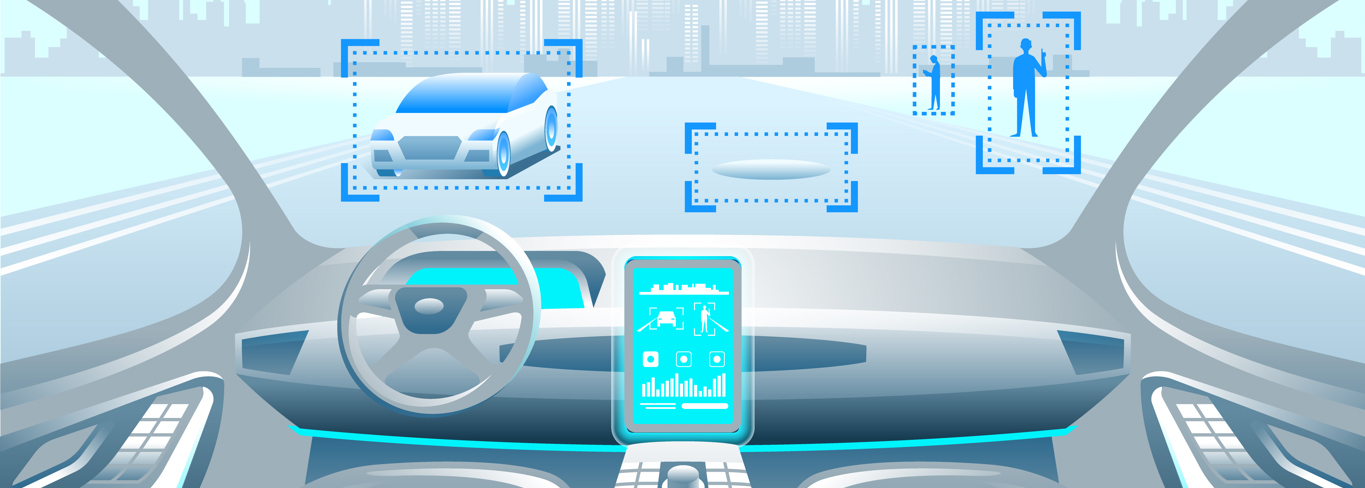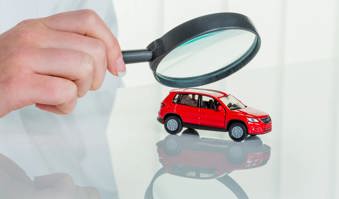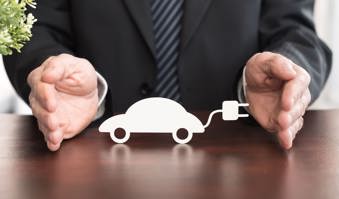Future of Mobility and the Car Insurance Landscape
 29 Jun, 2022
29 Jun, 2022
How the Car insurance industry can start preparing now for the future of mobility. Insurers may have to rethink their role in the mobility ecosystem and their relationship to drivers, owners, and vehicles. Click here to know more!
The Future of Mobility
The Global Motor insurance market was commanding a size, as quoted by Global Data.com, of $ 745.5 Billion in 2020 and is all set to grow at a Compound Annual Growth Rate of more than 4% for the next 5 years. This accounts for around 42% of the total non-Life gross written premium globally. The growth will be fueled by a population growth in the emerging markets, an expansion of the middle class and an increase in per capita income. So, Car insurance and commercial vehicle insurance was, is and will remain a dominating segment in the non-life insurance industry.
As per the Global Status Report on Road Safety by WHO in 2018, it is believed that road accidents kill almost 1.35 million people globally every year, costing anywhere between 1 and 3% of the Gross National Product. The economic costs include cost of treatment of people, cost of vehicles and that of investigations. Some of the major contributors to road accidents include driver failures to look properly or to judge other drivers, poor maneuver, tail gating, loss of control, reckless driving, and pedestrian failures. Any future technological disruption will have to address these issues apart from making driving more comfortable keeping in mind the overall balance in the ecosystem.
The current ecosystem in this segment encompasses the immediate stakeholders (vehicle owner, victims, insurers, operators, loss adjusters), the State (legislations), and the insurance coverage (collision, liability etc.). The distribution framework hovers around direct, electronic channels, brokers, agents, banks and the whole sellers of the original equipment. These frameworks and the motoring environment are set for a disruption, which is partially evident and partially envisaged. Though a lot of elements have come into our knowledge in the mobility think-tank, we will discuss on 4 major disruptors in this paper, namely ADAS (Advanced Driver Assistance Systems), Telematics, Sharing Economy and Driverless cars.
ADAS (Towards reduced accidents)
The ADAS (Advanced Driver Assistance Systems) features are becoming more and more popular in vehicles. Cars are becoming smarter and more adaptive every day and ADAS is one of the main systems that is being adopted globally. The main intention of ADAS is to increase road-safety. Some of the features include adaptive cruise control, park assist, blind spot identifier, lane departure warning, high beam control, night vision, highway pilot etc. This is a key step towards automated driving.
According to a report by Swiss Re, basic ADAS features will reduce accidents by around 12% and an advanced ADAS adoption can further reduce accidents by 27%. This is possible due to reduction in the probability of human errors in driving.
Adoption of sophisticated ADAS will pull down economic losses from road accidents and should bring down the premium rates of Car Insurance.
Telematics (Connecting vehicles)
Telematics refer to the usage of Tele-communication and informatics in vehicular technology with the usage of satellite systems. It involves a device that connects with other devices to create a web that can transmit and decipher information. The telematic device can either be embedded (inbuilt in the vehicle) or Tethered (connected via a gadget like a mobile phone). This leads to a web of connected cars, where information can be processed and transmitted to various stakeholders including manufacturers, insurers, other drivers etc.
Telematic devices can provide feedback on driving behavior, facilitate roadside assistance, assist in GPS tracking and help in satellite navigation etc.
Just like ADAS, number of vehicles with telematics is on a growth trajectory and it is assumed that tethered connectivity will grow at a very high rate. Vast amount of driver data will be transmitted and used by various stakeholders, and it is assumed that this will create a more efficient environment. However, there could be legal challenges with respect to ownership of information and we cannot under-estimate resentment from users to participate in the connected car world.
In terms of insurance, we have already seen the advent of UBI (Usage Based Insurance) that has been becoming popular where the owner is charged premium on the volume of driving. In an advanced version called “Pay How You Drive” referred to as PHYD, insurers charge premium on driving behavior. In this model, insurers can use the data processed by Telematics to find out driving history including driving patterns, terrain, usage of brakes, speed and other relevant driving behavior. This assists insurers to price car insurance premium based on actual risk by offering incentives to good drivers.
Sharing Economy – Car sharing
A sharing economy involves sharing of goods and services by individuals and groups by collaborating. This is made possible by using online platforms.
One interesting development in this model is the Car Sharing platforms which are gaining popularity. In this model, people rent cars for short period, often for a single ride. The network of cars become available to its members through apps or real-time calling. In this model, individual gets access to private cars, sometimes even the models of their choice, without the responsibilities and hassles of ownership.
In this ecosystem, people own or lease less cars and instead use shared resources. This is becoming common in highly urbanized cities. This has a nice effect of reducing traffic congestions resulting from a smaller number of possessions per individual.
Various sub-models have emerged in this space that includes Taxi like services like Uber, web-based ride matching services like BlaBla Car (people with similar journeys can share a resource) or a facility to drive a car by booking it for a trip (like Udrive in UAE).
This results in reduced private car mileage and hence reduced risks for an insurer. However, this creates fragmented insurance needs. One solution is to provide per-trip insurance against a subscription
Driverless Cars - Autonomous
A driverless car or an Autonomous vehicle is an advance state of driver assistance system, where the control is almost taken away from the driver. This involves vehicular automation with the help of variety of sensors, measurement units and advanced control systems. It’s a car that does not need any human intervention.
Since it does away with human control and hence with human errors, it is perceived that this state of mobility will lead to less collisions, increased safety, and more mobility. Normal cars and driverless cars will co-exist in the roads in the future, giving way to new challenges in traffic management and legal frameworks.
This will lead to reduction in motor insurance claims, which in turn should pull down car insurance rates and premiums. Another shift that will arise, is the shift from pure motor risks to product liability risks (failure of the vehicular system), professional indemnity risks (failure in designs) and cyber risks (technological risks).
Multiple stakeholders will arise apart from the owner, mainly the original vehicle manufacturer and the companies responsible for designing the software and hardware. The challenge to the insurance industry will be many and it will be interesting to see how insurers tackle these obstacles and provide protection to the involved parties.
To get the best car insurance to safeguard your car, please contact our team of experts today!

 Buy Now
Buy Now Online Plans
Online Plans




HAVE A QUERY?